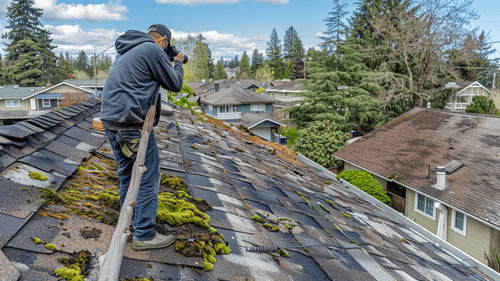Detecting hidden roof leaks early can save you significant repair costs and keep your home safe and sound. Have you ever noticed a musty smell in your attic or seen a mysterious stain on the ceiling? These could be subtle signs of a roof leak, often overlooked until they escalate into more severe problems. Understanding these indicators and knowing when to act can prevent damage that impacts both your wallet and your home’s structural integrity.
Water meeting electricity is a recipe for danger, something that an undetected leak can brew without a whisper of warning. What steps can you take to ensure that your home remains safe and dry? From recognizing early signs of damage to deciding between a DIY fix and calling in the professionals, this guide covers essential tips and strategies. We've got you covered with practical advice on maintaining your roof’s health and ensuring peace of mind through proactive home stewardship.
Recognizing the Subtle Signs of Roof Leaks
Roof leaks often begin subtly, manifesting signs that are easily overlooked in daily life. Homeowners should be vigilant about indicators such as peeling paint, bubbling, and flaking, which often occur when moisture seeps beneath the surface, compromising the integrity of paint and plaster. These signs, though seemingly minor, can indicate the early stages of water intrusion that can escalate if not addressed.
Musty smells in your home, particularly in the attic or upper floors, suggest the presence of dampness that could be due to a roof leak. Mold growth, especially in corners where the walls and ceiling meet, also signals excessive moisture. Mold can develop within 24 to 48 hours of water exposure, making swift detection and remediation crucial to maintaining indoor air quality and structural safety.
Water stains and rings on the ceiling are direct indicators of water seeping through the roof. These stains often appear rusty or brownish and can expand over time. Recognizing these early warnings allows homeowners to address leaks before they lead to more significant damage. It’s essential to regularly inspect areas prone to leaks, such as around chimneys, vents, and where the roof meets walls.
The Hidden Dangers of Water and Electricity
The intersection of water and electricity due to roof leaks presents a grave risk. Water intrusion can lead to short circuits, which not only endanger the electrical system but can also pose a fire hazard. Immediate steps should be taken to mitigate these risks, including shutting off power to the affected area and consulting an electrician.
Preventative measures are vital for maintaining safety. Regular inspections of the roof and attic can help identify potential leaks early, preventing water from reaching electrical systems. Homeowners should ensure that there is adequate insulation and no gaps around electrical fixtures to block water entry.
If there is any suspicion that water has compromised your home’s electrical integrity, it is crucial to act swiftly:
- Turn off power to the suspected area.
- Avoid using electrical appliances or touching electrical components.
- Contact a licensed electrician to assess and repair the damage.
Professional Inspection vs. DIY: When to Call the Experts
Determining the severity of a roof leak can be challenging without professional expertise. While homeowners can perform basic inspections, identifying the source and extent of leaks often requires the trained eye of a professional. If the leak is persistent or the source is not apparent, it is advisable to call in a roofing expert.
Professional roof inspections are more thorough than DIY efforts. Experts can spot subtle signs of damage that untrained individuals might miss and can assess the overall health of the roof. Regular professional assessments help maintain the roof’s integrity and can prevent minor issues from becoming major problems.
Benefits of engaging professionals include:
- Detailed knowledge of different roofing materials and their vulnerabilities.
- Ability to suggest effective, long-term solutions.
- Access to the right tools and technologies for accurate diagnosis and repair.
Long-term Solutions and Preventative Strategies
Maintaining a roof in good condition is less costly than dealing with the aftermath of a leak. Preventative maintenance is key to avoiding future issues. Homeowners should clear gutters and downspouts regularly to prevent water accumulation and inspect the roof for damage after severe weather conditions.
Innovative materials and techniques can significantly enhance the longevity and performance of roof repairs. For example, using waterproof underlayment or installing rubberized leak barriers in vulnerable areas such as valleys, eaves, and around chimneys can prevent water penetration.
Routine check-ups should include:
- Inspecting for missing, damaged, or aging shingles.
- Checking for sealant failures around roof penetrations.
- Ensuring that flashings are intact and functional.
By adhering to a regular maintenance schedule and employing advanced materials and methods, homeowners can effectively safeguard their homes against roof leaks and the complications they bring.
Conclusion: Safeguarding Your Home Against Roof Leaks
Recognizing the early signs of roof leaks, such as musty smells, water stains, and mold growth, is crucial for maintaining the structural integrity and safety of your home. Addressing these issues promptly can prevent the dangerous interplay of water and electricity, which poses significant risks. By engaging with professionals for thorough inspections and leveraging their expertise, homeowners can ensure that minor issues are caught and addressed before they escalate into costly repairs.
Maintaining your roof through regular check-ups and employing advanced materials for repairs not only enhances the longevity of your roofing system but also provides peace of mind. A proactive approach to roof maintenance focuses on preventing problems before they occur. Let's keep our homes safe, dry, and secure, reflecting our commitment to stewardship and integrity. After all, your family's safety is worth that extra bit of attention.







